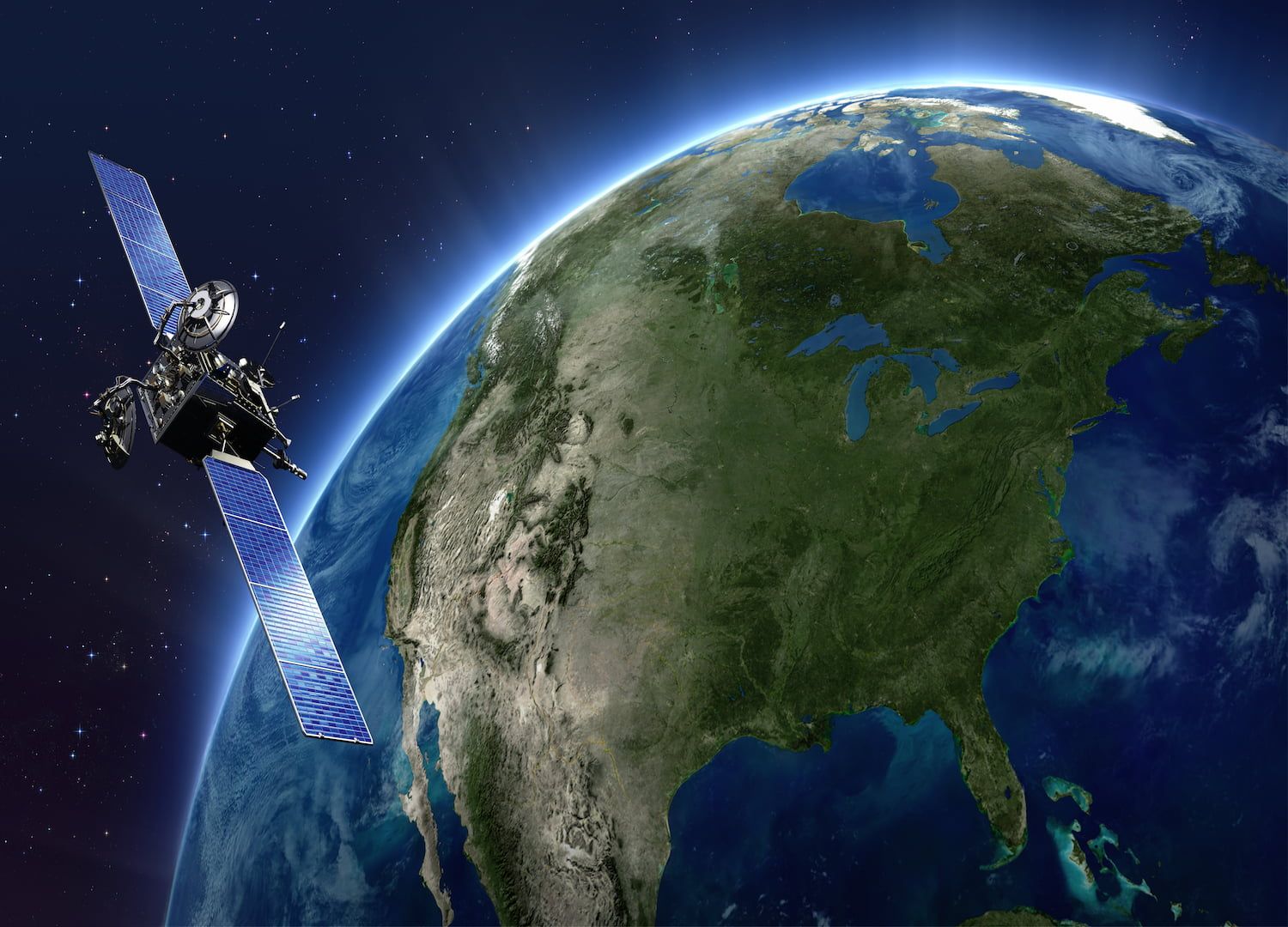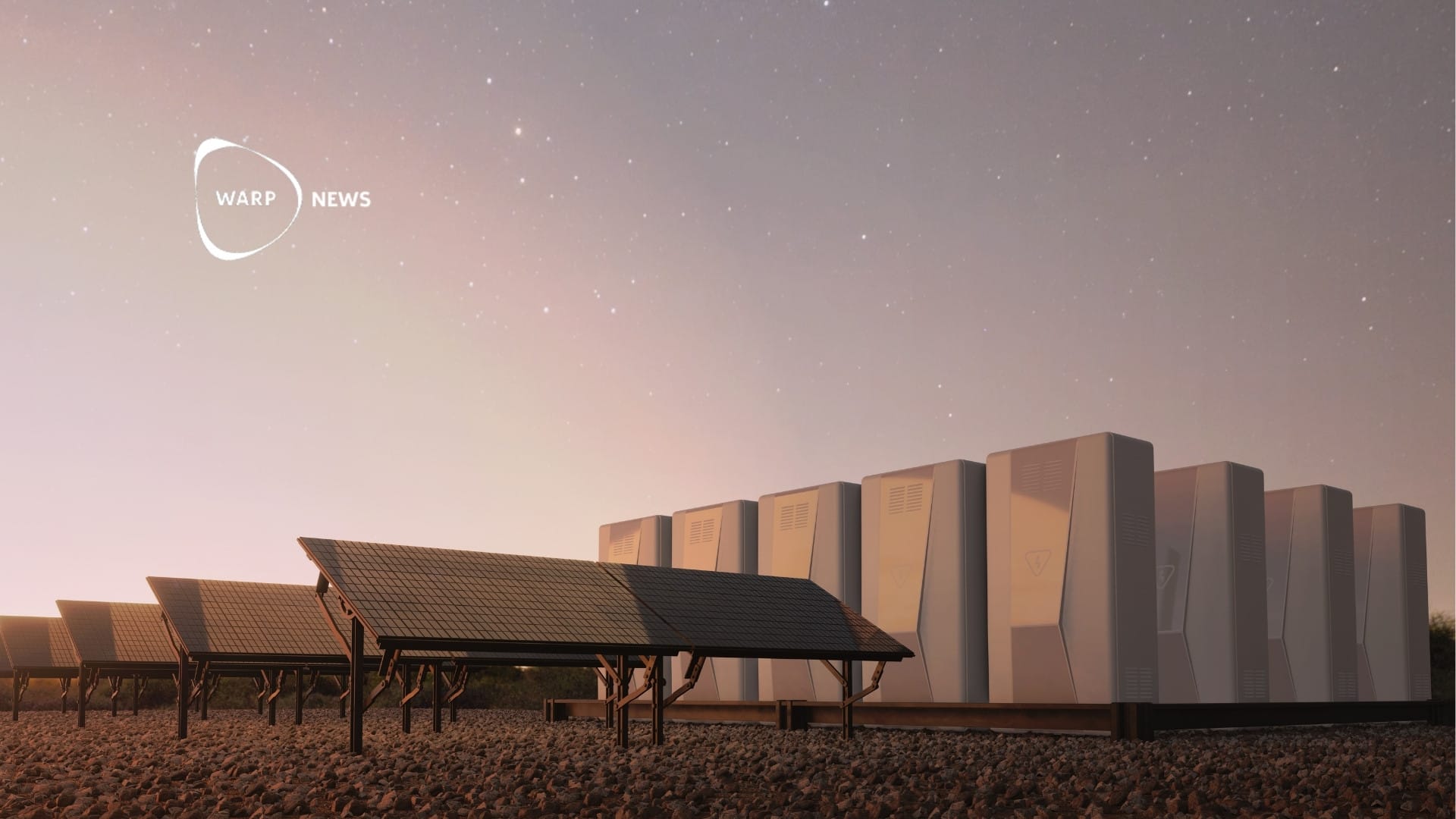
🛰️ Satellite to monitor air pollution in near real-time
Discover how a groundbreaking satellite network will revolutionize air pollution monitoring across the Northern Hemisphere, providing near real-time data to improve public health alerts and strengthen links between pollution and health.
Share this story!
A clearer picture of pollution sources
The eastern flank of Colorado's Rocky Mountains traps a complex mix of air pollution, making it challenging for scientists to pinpoint the sources and understand their behavior, according to Science.
The Tropospheric Emissions Monitoring of Pollution (TEMPO) instrument, set for launch on April 7th, will provide a much clearer picture of pollution dynamics.
Revolutionary network to track pollution across the Northern Hemisphere
TEMPO is one of three geostationary instruments forming the first network dedicated to monitoring air pollution across much of the Northern Hemisphere.
This network will provide hourly images for most of North America, allowing scientists to better understand air pollution patterns and sources.
Cutting-edge sensors detect atmospheric molecules
TEMPO's sensors can detect tiny differences in light reflected when sunlight strikes molecules in the atmosphere, tracking ozone, nitrogen dioxide, sulfur dioxide, bromine, and organic molecules such as formaldehyde, as well as aerosols.
The fine grid measurements will help scientists trace pollutants to sources like smokestacks, exhaust pipes, and volcanoes.
Improving air quality forecasts and public health alerts
In areas with poor air quality, TEMPO could help improve forecasts used for public health alerts.
For example, the Denver area struggles with ground-level ozone, which is linked to increased rates of asthma and other respiratory diseases. TEMPO will help fill in blind spots and improve models of pollution sources.
Strengthening links between air pollution and health
TEMPO's observations could also help scientists establish stronger connections between air pollution and health.
Environmental epidemiologist Allan Just explains that current research relies on scarce monitoring stations and single satellite images to estimate air pollution exposure, which isn't sufficient for tracking ground-level changes.
Expanding the air pollution tracking network
TEMPO will join South Korea's Geostationary Environmental Monitoring Spectrometer (GEMS), launched in 2020, and the European Space Agency's Sentinel-4, set to launch in 2024.
Once operational, the network of geostationary instruments will revolutionize air quality observations, providing scientists with near real-time data to help address air pollution and its impact on public health.
By becoming a premium supporter, you help in the creation and sharing of fact-based optimistic news all over the world.


